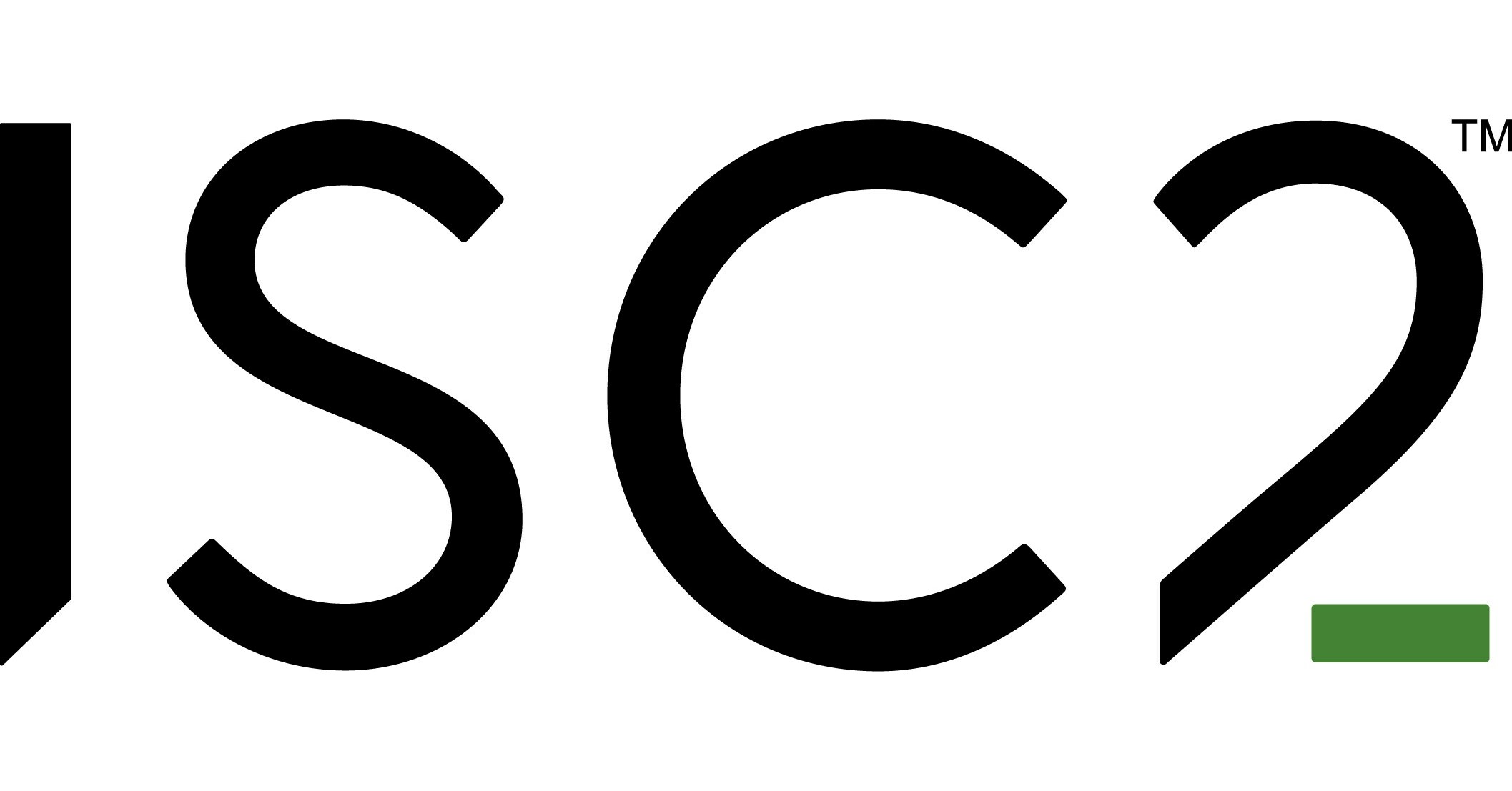Explore GW RevU.
Advance your career with GW RevU’s flexible, career-focused online programs taught by expert GW faculty. Gain practical skills, industry-aligned knowledge, and the confidence to succeed in today’s evolving job market. Whether you’re upskilling, changing careers, or pursuing personal goals, GW RevU offers the tools and support to help you thrive—enroll today.
Whether you’re seeking to advance in your current profession, pivot to a new industry, or achieve a personal goal, GW RevU is here to guide you every step of the way.
Explore Courses NowWhy Revu?

INDUSTRY STANDARDS
RevU’s industry partners ensure that the qualifications and certifications work for you and your career.

NETWORKING
Join a network of learners that can connect you with the people and organizations to help you.

SOCIAL LEARNING
RevU uses cutting-edge social learning tools to help you learn with your peers and instructors.

DIGITAL BADGES
Earn digital badges and take them with you cross-platform. Powered by Accredible™.
This is GW RevU.
Featured Courses
Come Explore What GW RevU Can Offer You
The future started yesterday; don’t let it pass you by!

Artificial Intelligence Fundamentals by ISACA
AI focuses on building smart machines capable of performing tasks that typically require humans and is drastically increasing in demand as it continues to change the future of virtually every field of technology. With AI Fundamentals, you’ll learn how understanding AI’s risks and potential can fast-track your career. This certificate covers the vital domains of: AI Principles, Concepts…

Blockchain Fundamentals by ISACA
Demand for IT professionals skilled in blockchain is rising due to its enterprise market value’s growth, which is expected to reach $19.9 billion by 2025. With Blockchain Fundamentals, you’ll learn what’s essential to show an understanding of what is considered the most significant technological innovation since the internet. This certificate covers three domains: Blockchain…

CBRNE
The CBRNE-WMD credentials program is a robust training series designed to prepare early and developing professionals for the complexities of a dynamic and evolving threat environment.

Certified in Risk and Information Systems Control (CRISC) by ISACA
The Certified in Risk and Information Systems Control (CRISC) certification, offered by ISACA, is designed for professionals who manage IT risks and oversee information systems controls. The CRISC exam evaluates candidates across four key domains: Governance; IT Risk Assessment; Risk Response and Reporting; and Information Technology and Security.

Certified Information Security Manager (CISM) by ISACA
The Certified Information Security Manager (CISM) certification, offered by ISACA, is structured around four key domains, each focusing on critical aspects of information security management: Information System Governance; Information Security Risk Management; Information Security Program; and Incident Management.

Certified Information Systems Auditor (CISA) by ISACA
Certified Information Systems Auditor (CISA), world-renowned as the standard of achievement for auditing, monitoring, and assessing IT and business systems, also acknowledges the importance of emerging technologies. Achieving a CISA certification showcases your expertise and asserts your ability to apply a risk-based approach to audit engagements. Addressing innovations like AI and…

Cloud Fundamentals by ISACA
IT professionals increasingly need to understand the cloud as it has proven crucial in connecting businesses to critical data and services remotely. With Cloud Fundamentals, you’ll learn how to assess risks, ensure security, implement effective governance of services and providers, and optimize potential in the cloud.
Learn how the cloud connects vital services and data remotely…

Election Security
The Election Security Credential course delivers the knowledge and skills to safeguard the integrity of elections. This on-demand, 100% asynchronous course offers about 10 hours of comprehensive learning and engagement, culminating in a practical scenario. This scenario—focused on addressing security threats at a polling location—ensures that participants are prepared to apply their…

Homeland Security Bachelor’s Degree Completion Program
The Homeland Security Bachelor’s program equips law enforcement, military, and security professionals with essential skills for career advancement and success in diverse roles.

Homeland Security Master of Professional Studies
The master’s degree in Homeland Security provides a comprehensive view of current and emerging threats while examining national and international security policy.

Information Technology Bachelor’s Degree Completion Program
Our IT Bachelor’s degree completion program will give you a solid foundation in problem-solving, communication, and computing skills to start a career or grow your current one.

Internet of Things Fundamentals by ISACA
Thanks to the universality of wireless networks, uses for the IoT are endlessly growing—boosting demand for IT professionals that understand its implications. With IoT Fundamentals, you’ll learn how to assess the risks, governance, control settings and outside security threats accompany this evolving technology.
Learn how to advise enterprises on IoT use, potential rewards and…

IT Audit Fundamentals Certificate by ISACA
ISACA’s IT Audit Fundamentals Certificate builds a foundation of knowledge and skill to become a successful IT Auditor. It covers fundamental audit concepts, how to use controls effectively to conduct an audit objectively, and the practical application of audit principles. You’ll learn six critical functions as you study for the certificate: The Audit Function; Controls, Risk, and…

IT Risk Fundamentals Certificate by ISACA
ISACA’s IT Risk Fundamentals Certificate covers the principles of IT risk management, the responsibilities and accountability for IT risk, and how to build risk awareness and how to communicate risk. You’ll learn six critical functions as you study for the certificate, including risk identification, governance, assessment and analysis, response, and reporting and communication.

Leadership and Management of CBRNE-WMD Organization and Teams (Cohort 3)
The CBRNE-WMD program prepares professionals for evolving threats involving chemical, biological, radiological, nuclear, and explosive weapons. Through three certificates on policy, mitigation, and emerging threats, participants develop critical skills. The immersive capstone in Washington, D.C., fosters career growth and equips participants to protect against complex national security…

Leadership and Management of CBRNE-WMD Organizations and Teams-Cohort 1
Chemical. Biological. Radiological. Nuclear. Explosive. WMDs. Asymmetric Threats.
The CBRNE-WMD credentials program is a robust training series designed to prepare early and developing professionals for the complexities of a dynamic and evolving threat environment. Three interdependent certificates that deal with policy, mitigation, and emerging threats will propel…

Leadership and Management of CBRNE-WMD Organizations and Teams-Cohort 2
Chemical. Biological. Radiological. Nuclear. Explosive. WMDs. Asymmetric Threats.
The CBRNE-WMD credentials program is a robust training series designed to prepare early and developing professionals for the complexities of a dynamic and evolving threat environment. Three interdependent certificates that deal with policy, mitigation, and emerging threats will propel…

Master’s of Public Relations and Communications
The Master’s in Public Relations and Communications equips professionals with essential skills, knowledge, and ethics to lead in government, nonprofit, and corporate communications sectors.

Medical Management and Prehospital Considerations – Cohort 1
This comprehensive course provides medical professionals and emergency responders with the knowledge and skills necessary for effective response to CBRNE-WMD (Chemical, Biological, Radiological, Nuclear, and Explosive–Weapons of Mass Destruction) incidents. It begins with an overview of threat classifications, mass casualty dynamics, and the critical roles of both pre-hospital and…

Paralegal Studies Master of Professional Studies
Earn a master’s degree in Paralegal Studies from Washington D.C.’s only academic-credit-bearing program—recognized for its academic rigor and excellence to help open doors and advance your career.
Meet Our Experts
Introducing: Lindsay Kuck
Professor, Homeland Security MPS
Lindsay Kuck is an experienced Homeland Security professional with over 20 years of experience in Emergency Management and Homeland Security working in multiple levels of government. Her areas of expertise include homeland security, emergency management, risk and vulnerability analysis, all-hazards planning, contingency response planning, continuity of operations planning, situational awareness, building effective cross-agency collaboration within the government and private sectors, and law.
Lindsay previously worked at the Federal Emergency Management Agency (FEMA), where she led planning and situational awareness efforts in the FEMA National Response Coordination Center (NRCC) for several large-scale domestic and international incident response efforts.
Lindsay also served as the Homeland Security Strategic Planner for the Tampa Bay Urban Area Security Initiative (UASI), performing risk and capability analysis for the Tampa Bay Urban Area in support of the Homeland Security UASI grant program.









